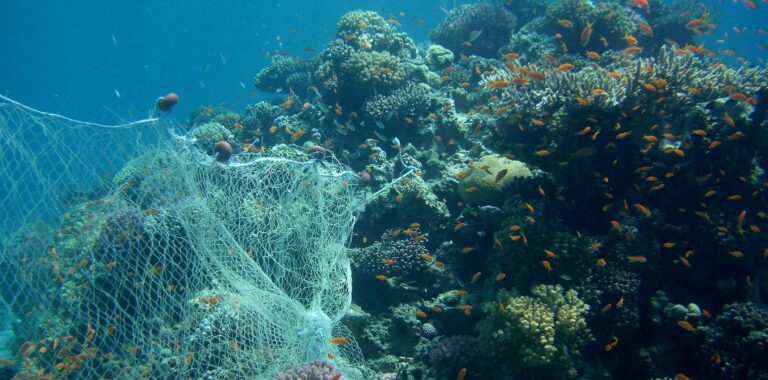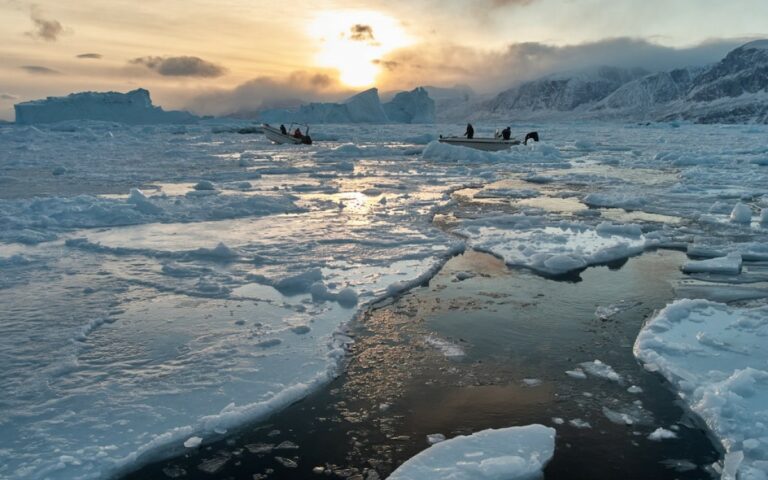Ocean acidification is a symptom of humanity’s dangerous addiction to fossil fuels.
Sea-level rise is a direct consequence of climate change.
As the planet’s mean temperature increases, seawater expands (due to thermal expansion) and land-based ice, such as glaciers and ice sheets, melt into the ocean. As a result, global average sea level has risen 8–9 inches (21–24 centimeters) since 1880 – and it is rising at an increasing rate every year.
Sea-level rise can increase the frequency and severity of natural disasters such as storms, floods, and tsunamis, which can severely impact the health, safety, and economic security of the 37% of the global population that lives in coastal communities.
Sea-level rise poses a serious threat to a multitude of human rights. One of the most significant is the loss of habitable land, particularly in low-lying coastal areas, which are most vulnerable to flooding and erosion. The displacement of coastal populations can lead to the violation of their rights to adequate housing, water, sanitation, food, education, and healthcare. It can also cause migration-related crises and related rights abuses, both across and within borders.
Additionally, sea-level rise will likely exacerbate existing social and economic inequalities, as indigenous communities, small island developing states, and low-income communities are disproportionately affected. Such communities may experience violations of their rights to self-determination, cultural identity, and access to natural resources.
Photo Credit: Villagers in Central Java, Indonesia, wait for a raft boat to take them across the water to the main road. The road on which they wait broke a few days prior, due to the abrasive force of the rising sea. Photo by Aji Styawana (Getty Images Climate Visuals Grant recipient).
More reading...
Water is a limited natural resource and a public good fundamental for life...Read More
Bottom trawling is a destructive method of fishing in which a heavy, weighted...Read More
The Paris Agreement states that: Parties shall cooperate in taking measures, as appropriate,...Read More
Cultural destruction is a less well-recognized form of climate-induced loss and damage and...Read More






